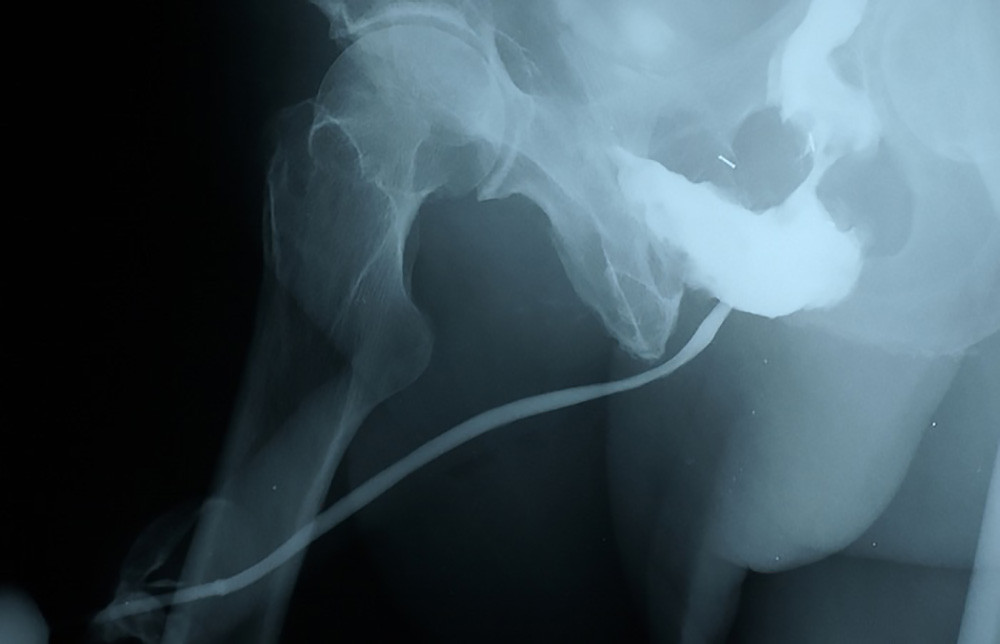Rectal-Urethral fistulas, also called rectourethral and urethral-rectal fistulas are complex problems. They can be caused by rectal injuries during radical prostatectomy and more commonly as a complication of prostate radiation. These are very complex and difficult problems, especially when associated with urinary incontinence and urethral stricture disease.
Patients with rectourethral fistulas are often managed with a diverting colostomy and a suprapubic tube. It is possible with urinary and fecal diversion that the urethral fistula can close. Often, however, the fistula remains patent. These recto-urethral fistulas can be surgically managed with one of several different approaches. The objective of the surgery is to close the urethra and the prostate and interpose healthy tissue between the fecal and urinary tracts to maintain separation. Tissue that can be used to create a barrier of healthy tissue between the urethra and rectum include fatty tissue and a gracilis muscle flap. The gracilis muscle is located along the inside of the leg. This muscle can be mobilized and rotated to the area of the fistula without causing a significant leg movement compromise.

This patient developed a rectal-urethral fistula after radiation therapy for prostate cancer treatment. During the retrograde urethrogram (RUG), as contrast is injected through the urethra, contrast can be seen entering the rectum.

